Growing Demand in Telecommunications Sector
The telecommunications sector is a significant driver for the GaAs Photodiode Market, as the demand for high-speed data transmission continues to escalate. With the proliferation of 5G networks and the increasing reliance on fiber-optic communication, GaAs photodiodes are becoming essential components in these systems. Their ability to operate at high frequencies and provide low noise levels makes them ideal for modern telecommunication applications. Market data indicates that the telecommunications segment accounts for nearly 40% of the total demand for photodiodes, highlighting its critical role in the industry's growth. This trend is expected to persist, further propelling the market forward.
Emerging Applications in Consumer Electronics
The GaAs Photodiode Market is witnessing a notable expansion due to emerging applications in consumer electronics. Devices such as smartphones, tablets, and wearable technology increasingly incorporate photodiodes for various functionalities, including camera sensors and ambient light detection. The shift towards more sophisticated consumer electronics, which require enhanced imaging capabilities and energy efficiency, is driving the demand for GaAs photodiodes. As manufacturers seek to improve device performance, the market for these photodiodes is projected to grow significantly, with estimates suggesting a potential increase of 15% in the consumer electronics segment over the next few years.
Increased Focus on Renewable Energy Solutions
The GaAs Photodiode Market is also benefiting from the increased focus on renewable energy solutions. Photodiodes play a vital role in solar energy systems, particularly in photovoltaic applications where they are used to convert light into electrical energy. As the world shifts towards sustainable energy sources, the demand for efficient and reliable photodiodes is expected to rise. Market analysis indicates that the renewable energy sector could contribute to a 20% increase in the overall demand for GaAs photodiodes, as more companies and governments invest in solar technology and other renewable energy initiatives.
Rising Investment in Research and Development
Investment in research and development is a crucial driver for the GaAs Photodiode Market. Companies are increasingly allocating resources to innovate and enhance the capabilities of GaAs photodiodes, focusing on improving their efficiency, durability, and cost-effectiveness. This trend is particularly evident in sectors such as aerospace and defense, where high-performance photodiodes are essential for applications like missile guidance and satellite communication. The market is likely to see a substantial increase in R&D spending, which could lead to breakthroughs that further stimulate growth in the GaAs photodiode sector, potentially resulting in a 12% increase in market size over the next few years.
Technological Advancements in GaAs Photodiode Market
The GaAs Photodiode Market is experiencing a surge in technological advancements that enhance the performance and efficiency of photodiodes. Innovations in material science, particularly the development of high-purity gallium arsenide, have led to improved sensitivity and response times. These advancements are crucial for applications in optical communication systems, where speed and accuracy are paramount. Furthermore, the integration of advanced manufacturing techniques, such as molecular beam epitaxy, has enabled the production of photodiodes with superior characteristics. As a result, the market is projected to grow at a compound annual growth rate (CAGR) of approximately 10% over the next five years, driven by these technological improvements.




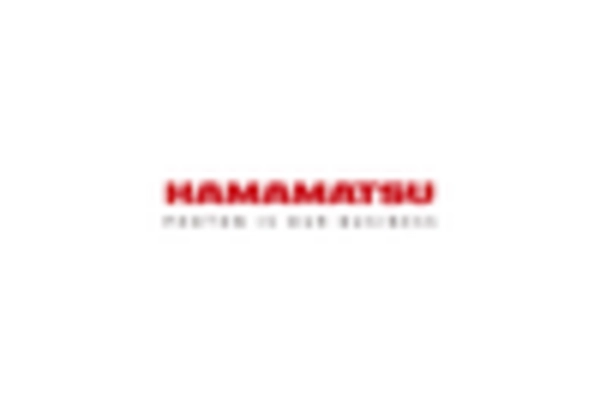

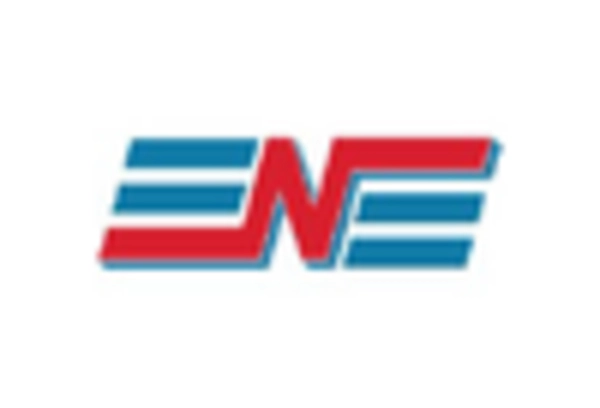
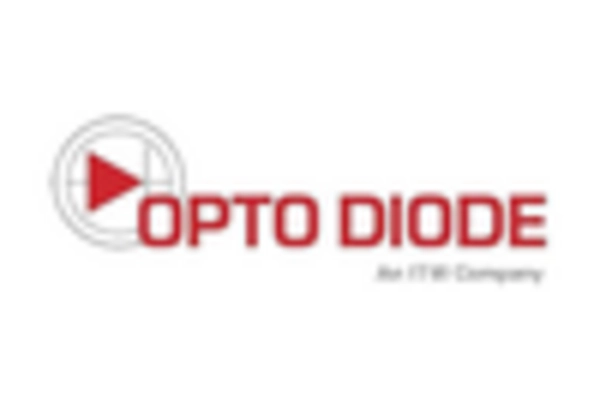
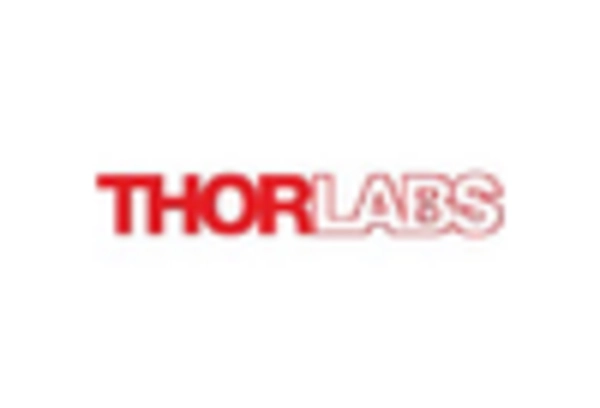
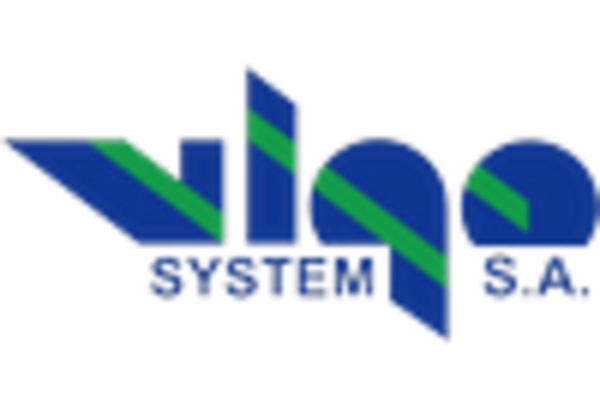








Leave a Comment